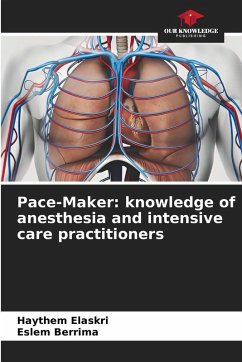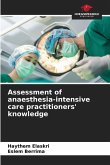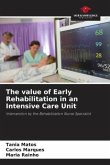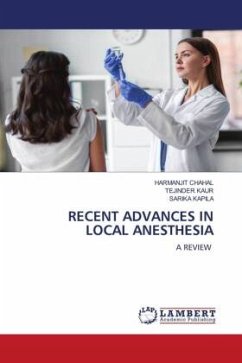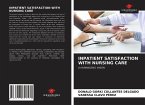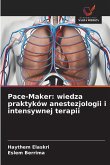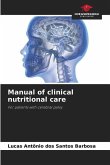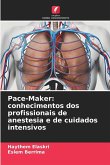This study was carried out by means of a 21-question questionnaire, to be completed by MARs, MRARs and TSARs over a 3-month period in hospitals and clinics.we note that in our population, TSARs predominate over MARs and MRARs, with a predominance of women, and that the majority are the result of recent training. Responses to the indications for temporary and definitive PM were close to 80%, with almost 90% of responses concerning the definition. 29% opted for the magnet as a precautionary measure, while MRI obtained 77.4% of responses concerning contraindications. For the cause of malfunction, the majority chose CT. As for the VVV mode, this was over-chosen despite being an incorrect response, and 15% of responses were incorrect for interactions between ICD and PM. For the precautions for use, 50% chose the wrong answers.concerning the effects of the magnet, the expected answer was to stop tachycardia mediated by a PM, but only 5% of the answers were correct.60% of the answers were correct for the causes of ICD malfunction, and more than 75% answered the difference between PM and ICD.
Bitte wählen Sie Ihr Anliegen aus.
Rechnungen
Retourenschein anfordern
Bestellstatus
Storno

